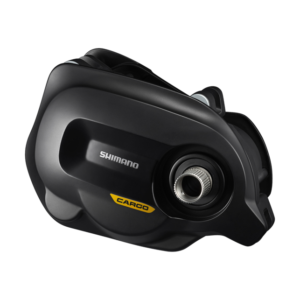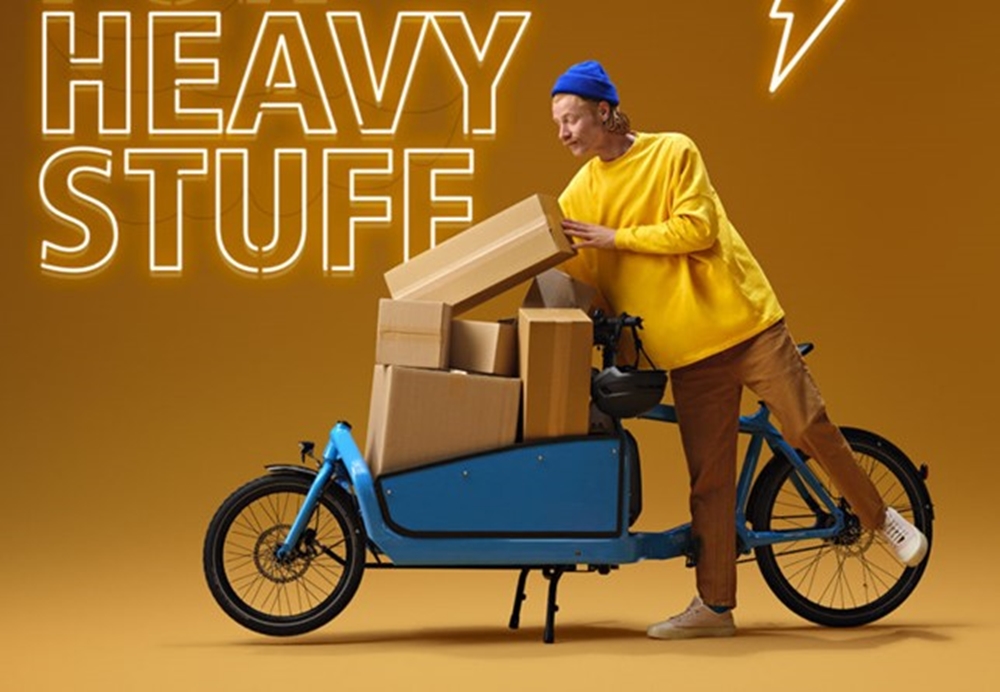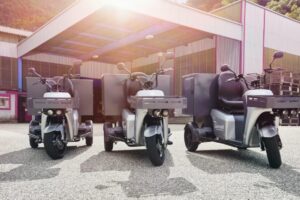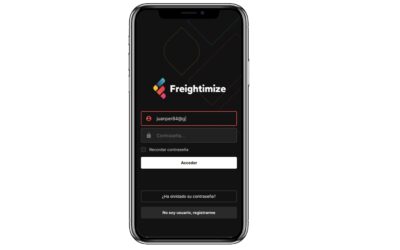Freight e-bikes are part of the solution to the ‘last kilometre problem’ and has now also been picked up by Shimano
The increasing use of e-assistance in bicycles has not only affected the most common types of bikes. In addition to ordinary operating and mountain bikes, electricity has also found its way to bikes seen less frequently in the streetscape. This does not mean, however, that the e-assistance is not also in place for other types of bikes. Shimano has noted the need and gap in the market and has therefore now introduced two engines designed for e-cargo bikes.
Based on previous technology
 The new engines and the driving systems built around them bear the model names DU-EP800-CRG and DU-E6100-CRG. Shimano’s product chamber is already familiar, the names that appear to be technical give a clear clue as to which model the new engines were designed on.
The new engines and the driving systems built around them bear the model names DU-EP800-CRG and DU-E6100-CRG. Shimano’s product chamber is already familiar, the names that appear to be technical give a clear clue as to which model the new engines were designed on.
Du-EP8000-CRG bases on Shimano’s last EP8 engine , which has quickly taken a strong position, especially in active enthusiasts’ mountain bikes.
Du-E6100-ERG bases on the older Steps E6100 model, which is mainly intended for operating and city bikes. The main difference to the EP8 is the lower torque and the characteristic high cadence characteristic of shimano engines of the time. If you wanted to get the full kick out of the electric assistance, it required a quick spin of the pedals.
Also for large loads
Shimano offers new engines two options in terms of transmission: chain gear and Nexus hub gearbox. The first option is an electric Di2 transmission that offers 11 gears. In more traditional mechanical versions, you can choose between a 9-speed, 10- or 11-speed mechanical system. Shimano also gives an option to use the newly released Linkglide technology, which promises parts of the transmission up to 3 times the service life of previous sub-series.
In the polar gears, Shimano offers fully automatic functionality via Di2 technology, which means that the driving system should be able to induce correct transmission for all situations based on wheel speed, cadence and pedal force provided by the driver.
The total mass of cargo bikes is significantly higher than traditional bikes – something shimano has taken into account in its new engines. The manufacturer advertises that the new engines with their driving systems are suitable for moving a total mass of up to 250 kg. The torques of both engine models remain unchanged from previous values, i.e. they are 85 Nm and 60 Nm.
The manufacturer promises that maximum torques will be achieved at a much lower cadence than before. But whether that alone is enough to move remarkably heavy loads is a good question. One would assume that other changes have also been made on the software side to meet the characteristics required for luggage wheels. The grant levels and their nature can be adjusted as usual with the E-Tube software.
The missing link in the logistics chain?
At best, electric cargo bikes can replace a car in an agglomeration and city or be part of the logistics chain’s so-called “last kilometre” section. It is no surprise that Shimano has joined this probably fast-growing sector. So far, the British EAV has shown strong specialisation in logistics-side solutions. With Shimano’s novelties, it seems likely that it will not remain the only player in the market.
The German Canyon, on the other hand, has made its own concept version of the topic, which combines features from an e-bike and a lightweight car.
We are looking forward to future product releases that can take their place in the near future.
Written by Jukka Mäennenä







